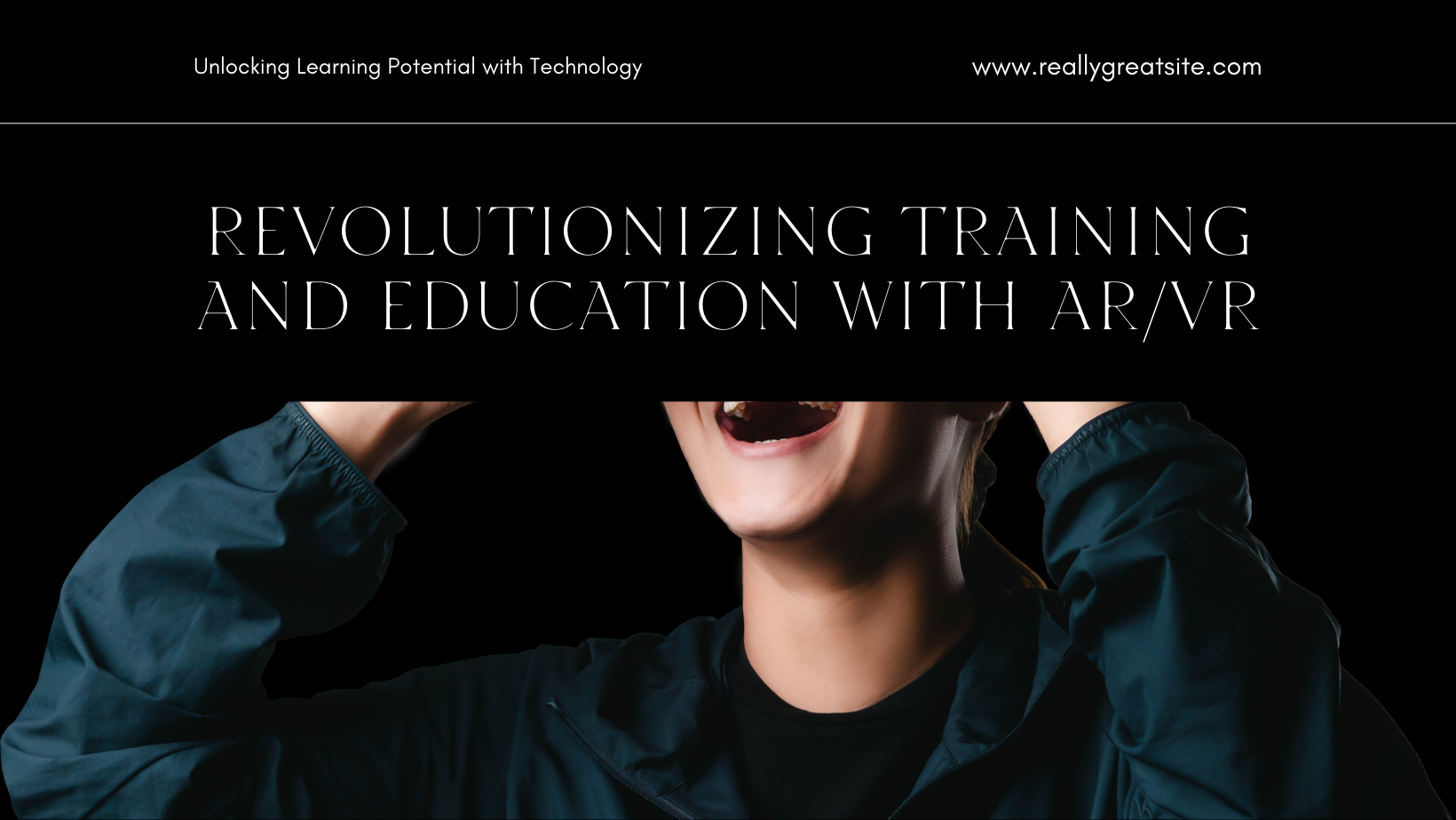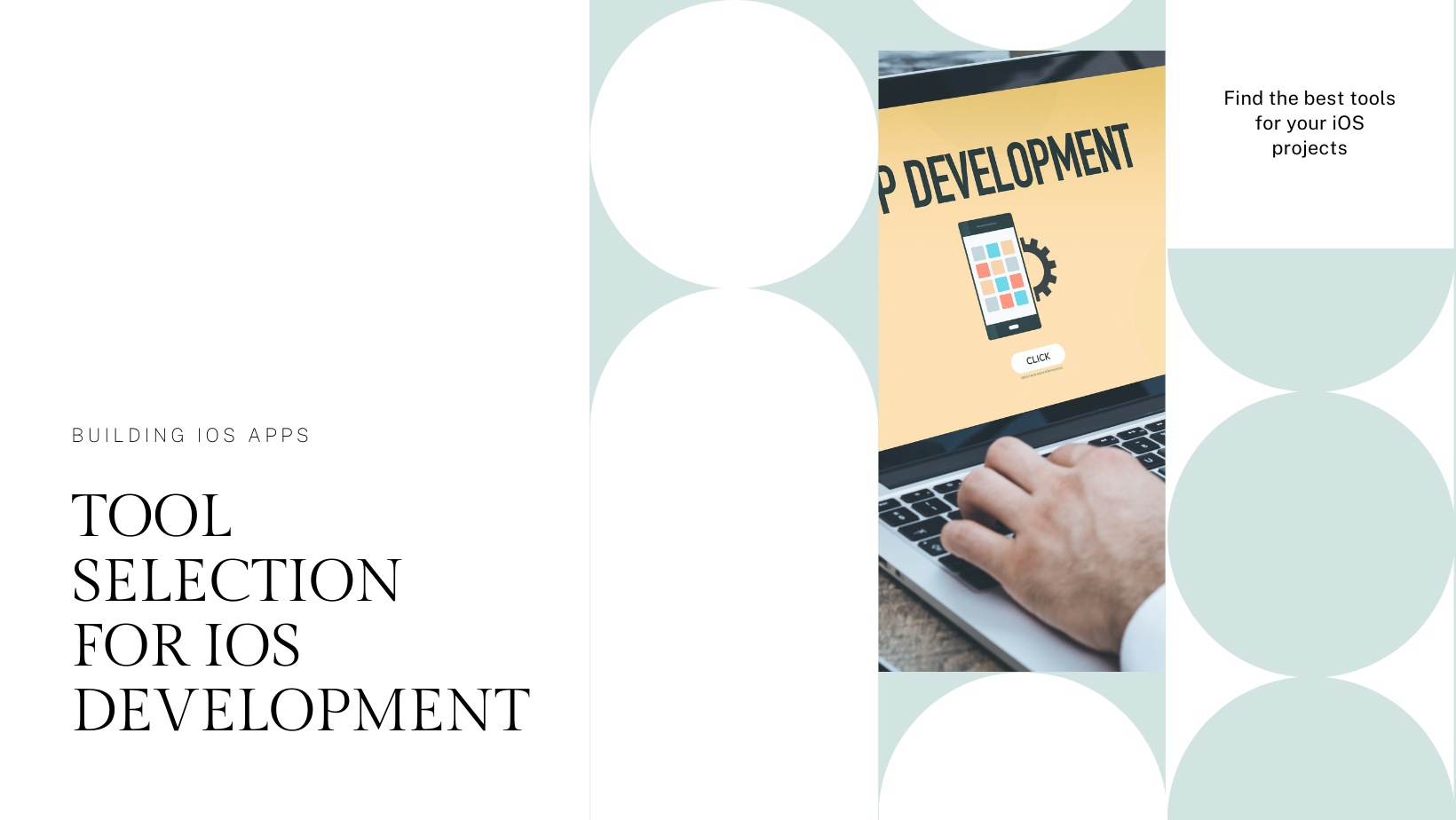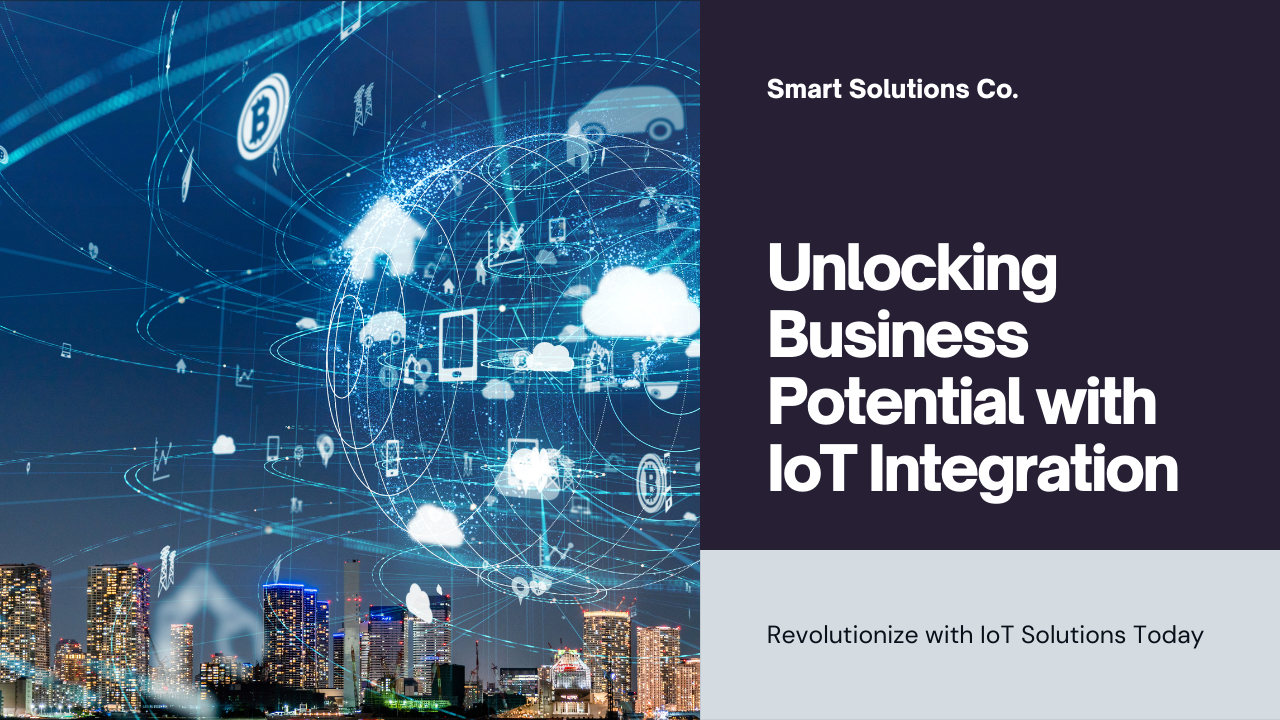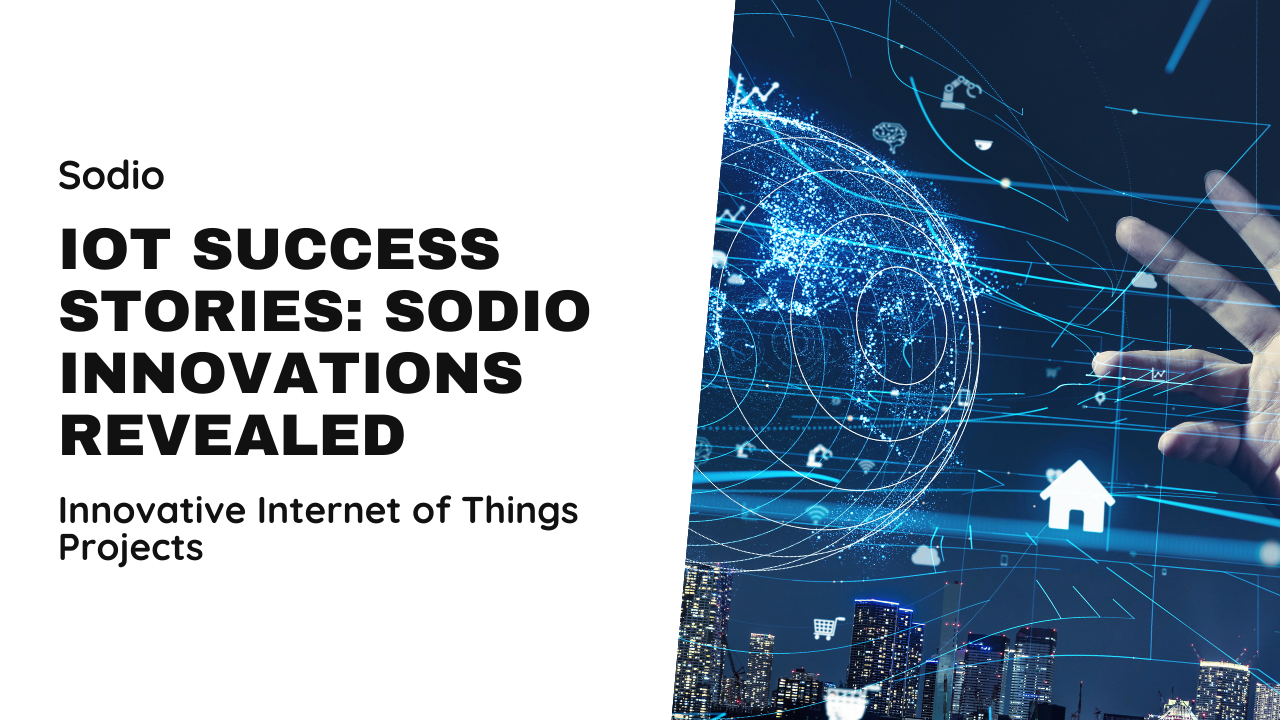Augmented Reality (AR) and Virtual Reality (VR) technologies are revolutionizing the fields of training and education by providing immersive, interactive, and engaging learning experiences. As businesses and educational institutions increasingly integrate AR/VR into their training programs and classrooms, these technologies offer unique benefits that enhance retention, improve skill acquisition, and foster innovation. This blog explores the diverse advantages of AR/VR in training and education, highlighting their transformative potential and real-world applications.
Understanding Augmented Reality (AR) and Virtual Reality (VR)
1. Augmented Reality (AR)
AR overlays digital information, such as images, text, or 3D models, onto the user’s real-world environment. AR applications enhance learning by providing contextual information, interactive elements, and real-time feedback, enhancing understanding and engagement in various educational contexts.
2. Virtual Reality (VR)
VR immerses users in simulated environments, typically through VR headsets or goggles, creating a fully immersive experience. VR in education offers virtual field trips, realistic simulations, and interactive experiences that transport learners to different locations, eras, or scenarios, facilitating experiential learning and skill development.
Benefits of AR/VR for Training and Education
1. Enhanced Engagement and Retention
AR/VR applications captivate learners with immersive experiences that stimulate multiple senses, improving engagement and retention of information. Interactive simulations, 3D visualizations, and gamified learning environments make complex concepts more accessible and memorable, catering to diverse learning styles and preferences.
2. Real-World Application and Practical Training
AR/VR technology enables realistic simulations of tasks and scenarios that are challenging, expensive, or impractical to replicate in traditional training settings. From medical simulations and engineering design to flight training and hazardous environment scenarios, AR/VR provides hands-on experience without real-world risks, enhancing skill development and competency.
3. Personalized Learning Experiences
AR/VR applications can adapt content and learning experiences based on individual progress, preferences, and performance metrics. Personalized learning paths, adaptive feedback mechanisms, and customized simulations cater to each learner’s pace and proficiency level, promoting self-directed learning and mastery of subject matter.
4. Collaborative and Remote Learning
AR/VR facilitate collaborative learning experiences across geographies and time zones through virtual classrooms, team-based simulations, and shared interactive environments. Remote learners can engage in real-time discussions, collaborative projects, and virtual labs, fostering teamwork, communication skills, and global connectivity.
Implementing AR/VR in Training and Education
1. Integration with Curriculum and Learning Objectives
Align AR/VR applications with educational goals, curriculum standards, and learning outcomes to enhance course content and instructional delivery. Identify specific subjects, topics, or skills where AR/VR can augment learning experiences and provide measurable benefits to students and educators.
2. Investing in Technology and Infrastructure
Deploy AR/VR hardware, software platforms, and development tools that support seamless integration into existing educational environments. Invest in robust infrastructure, including VR headsets, AR-enabled devices, and high-speed internet connectivity to optimize performance and accessibility for learners and educators.
Challenges and Considerations in AR/VR Adoption
1. Cost of Implementation and Accessibility
AR/VR technology requires initial investment in hardware, software licenses, and content development, which may pose financial challenges for educational institutions and training providers. Ensuring equitable access and inclusive design considerations are crucial to address accessibility barriers and maximize the impact of AR/VR in diverse learning environments.
2. Training and Support for Educators
Educators and trainers need training and professional development to effectively integrate AR/VR into teaching practices and curriculum design. Providing ongoing support, technical assistance, and instructional resources empowers educators to leverage AR/VR technology for optimal student engagement and learning outcomes.
Future Trends and Innovations in AR/VR Education
1. AI-driven Adaptive Learning
AI and machine learning algorithms will enhance AR/VR applications with adaptive learning features, personalized recommendations, and real-time analytics to optimize educational experiences and student performance.
2. Extended Reality (XR) Integration
The convergence of AR, VR, and Mixed Reality (MR) technologies into Extended Reality (XR) will enable seamless transitions between real and virtual environments, creating holistic learning experiences that blend physical and digital worlds.
Conclusion: Embracing the Future of Learning with AR/VR
AR and VR technologies represent a paradigm shift in training and education, offering immersive, interactive, and personalized learning experiences that transcend traditional teaching methods. By harnessing the transformative potential of AR/VR, educational institutions and businesses can cultivate a new generation of learners equipped with essential skills, critical thinking abilities, and global perspectives.
Sodio Technologies continues to innovate in AR/VR development, empowering educators and organizations to leverage cutting-edge technology for educational advancement and workforce readiness. Embrace AR/VR to revolutionize training programs, enhance educational outcomes, and shape the future of learning in a digital age.






